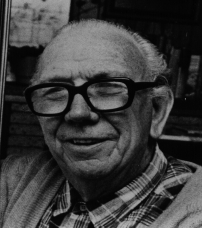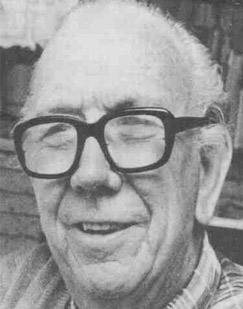



DOB : 1917
Hair - Grey
Build- Medium
Eyes - Brown
Stephen Roach has not been seen since 10 November 1993 when he tried unsuccessfully to withdraw money from his Commonwealth Bank account at Ingleburn, Sydney. He left his address in Cumberland Road and has not been seen since. He was driving a 1978 Datsun 180B, Rego No. HPM054, lime green with a black vinyl roof. His disappearance is mysterious in that there have been no traces found of him or his car.
He visited his brother in law Max FLETCHER the day of his disappearance. Stephen suffers from Alzheimers disease. He was 76 when he went missing.
*Stephen was a great artist.
In mid 2007 Campbelltown Library
acquired the working papers, photos, artworks and associated ephemera of Stephen
James Roach. A selection of material has been displayed at HJ Daley Library
throughout August and...
September. The exhibition
has been viewed school groups and visitors to the library.
The tribute morning tea, held on August 25 2007, attracted an audience, which
consisted of relatives, friends and associates of Steve’s. Former Campbelltown
Mayor, Mr Guy Thomas, spoke at the morning tea with fond remembrances of Steve
and his contribution to the community.
Steve Roach disappeared mysteriously at the age of 76 and was last seen leaving
his Ingleburn home on November 9 1993. He had spent much of those 76 years
making a name for himself as an artist, throughout the Macarthur region. Born in
Junee on 20 November 1917 to James and Lillian Roach, he was educated at
Goulburn High School. On leaving school in 1934 he applied to join NSW Railways.
He enlisted in the 2nd World War, service No NX153578 and was made a Sergeant,
serving in Indonesia. He embarked at Townsville for Morotai in 1945, saw service
at Balik Papan in Dutch Borneo and returned home in 1946.
In the 1960s he worked as an architectural draftsman with State Planning
Authority and Main Roads Department. By the 1970s he had made art his main
focus, when he opened his business Balanada Prints. He tried his hand at many
forms of art including watercolour, charcoal, oil and pastel, but pen and ink
and pencil drawings were really his forte. His talent saw him commissioned to
create many works, mainly focusing on drawing historical buildings in the local
area and further a field. He was commissioned to illustrate many historical
houses, churches and schools. His work featured in various historical books,
including a book for Lithgow and Hartley Valley.